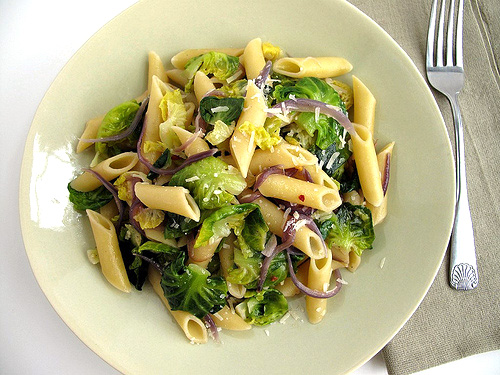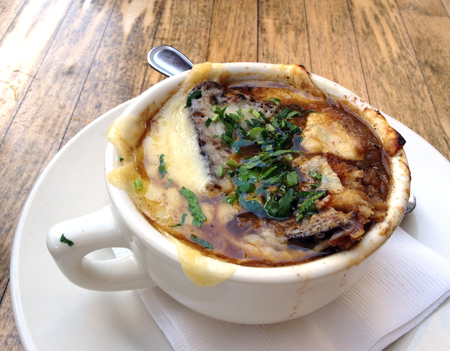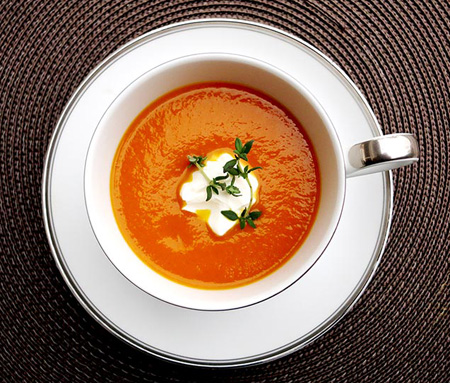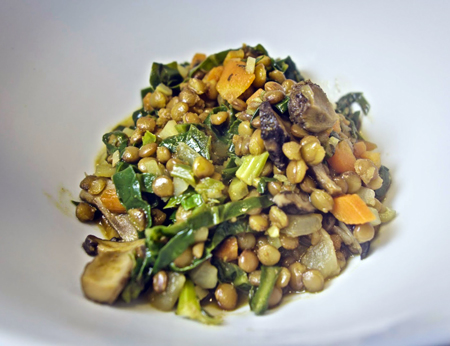 There's no other month that represents comfort food better than December. Right now it's all about soups, stews, roasts, and much more. But sometimes all that rich food is just too much to handle! (Thanksgiving was for me.) So when I crave something comforting that doesn't weigh me down, I turn to pasta.
There's no other month that represents comfort food better than December. Right now it's all about soups, stews, roasts, and much more. But sometimes all that rich food is just too much to handle! (Thanksgiving was for me.) So when I crave something comforting that doesn't weigh me down, I turn to pasta.
Old fashioned spaghetti and meatballs or any other tomato sauced pasta dish is always a welcome meal around this time. But my favorite way to enjoy pasta is with simple flavors and seasonal produce. A dish like this pasta with sautéed Brussels sprouts is perfectly comforting and light, all at the same time. There aren't too many comfort foods that can be both.
This recipe is unique because the sprouts are separated into leaves and then sautéed. There's no need to worry about smelly and awful tasting sprouts since sautéing is a gentle cooking method that coaxes out all the sweet flavors of the sprouts. Red onions add additional sweetness to the dish and Parmesan cheese creates a thin sauce that clings to the pasta and vegetables. This dish is worth making now while Brussels sprouts are in season.

 At most supermarkets, shiitakes aren't cheap so they have to be used sparingly. But at Asian markets, they're inexpensive. $3.99/pound at
At most supermarkets, shiitakes aren't cheap so they have to be used sparingly. But at Asian markets, they're inexpensive. $3.99/pound at  I haven’t been to Paris in a while, but I’ve been to the next best place: Encino.
I haven’t been to Paris in a while, but I’ve been to the next best place: Encino. This is a delicious fall/winter soup that makes a perfect first course at Thanksgiving. It’s packed with carrot flavor that’s enhanced by a double dose of ginger.
This is a delicious fall/winter soup that makes a perfect first course at Thanksgiving. It’s packed with carrot flavor that’s enhanced by a double dose of ginger. A few years ago a press trip took me Spokane, Washington and Moscow, Idaho. The area is well-known for its agricultural products, most importantly lentils. A representative of the USA Dry Pea & Lentil Council gave us a "Lentils 101" talk that described the many varieties of lentils, their nutritional value and economic importance to protein-starved regions of the world. Each of us was given a copy of
A few years ago a press trip took me Spokane, Washington and Moscow, Idaho. The area is well-known for its agricultural products, most importantly lentils. A representative of the USA Dry Pea & Lentil Council gave us a "Lentils 101" talk that described the many varieties of lentils, their nutritional value and economic importance to protein-starved regions of the world. Each of us was given a copy of 
